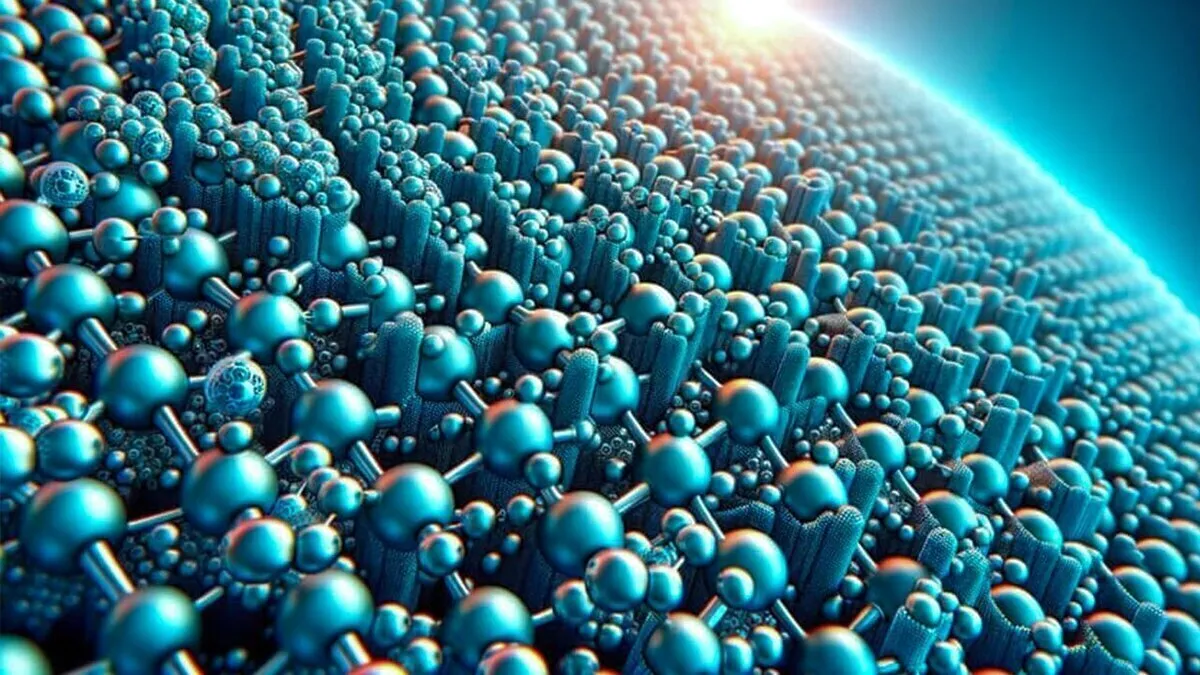Iranian Researchers Find Cost-Effective Method to Produce Electrocatalyst Based on Metal-Organic Frameworks

“The main goal of this research was to achieve the technical know-how of producing electrocatalysts with high efficiency and lifetime by using a simple and cost-effective method, cheap materials and abundant access resources,” said Hamed Shoushtari, one of the researchers of the project.
Noting that in this research, the MOFs were used to create a heterogeneous structure with common phases coupled with nickel-antimony nanostructure, he said, “We used frameworks based on two metals, nickel and cobalt, and were able to synthesize a dual-use electrocatalyst (both as anode and cathode) called NiCo-MOF@NiSb with high electrochemical activity and long-term stability in alkaline environment.”
“Thanks to the performance and high energy conversion efficiency provided by this type of electrocatalysts they can both produce hydrogen and be used in the absorption and regeneration of carbon dioxide from the exhaust gases of power plants and factories, in water and wastewater treatment systems, and for detoxification of urban and laboratory sewage,” Shoshtari said.
Electrocatalyst is a kind of catalyst that participates in electrochemical reactions, and is a specific form of catalysts that functions at electrode surfaces or as the electrode surface itself.
An electrocatalyst can be heterogeneous such as platinum nanoparticles, or homogeneous like a coordination complex or enzyme.
4155/v





















